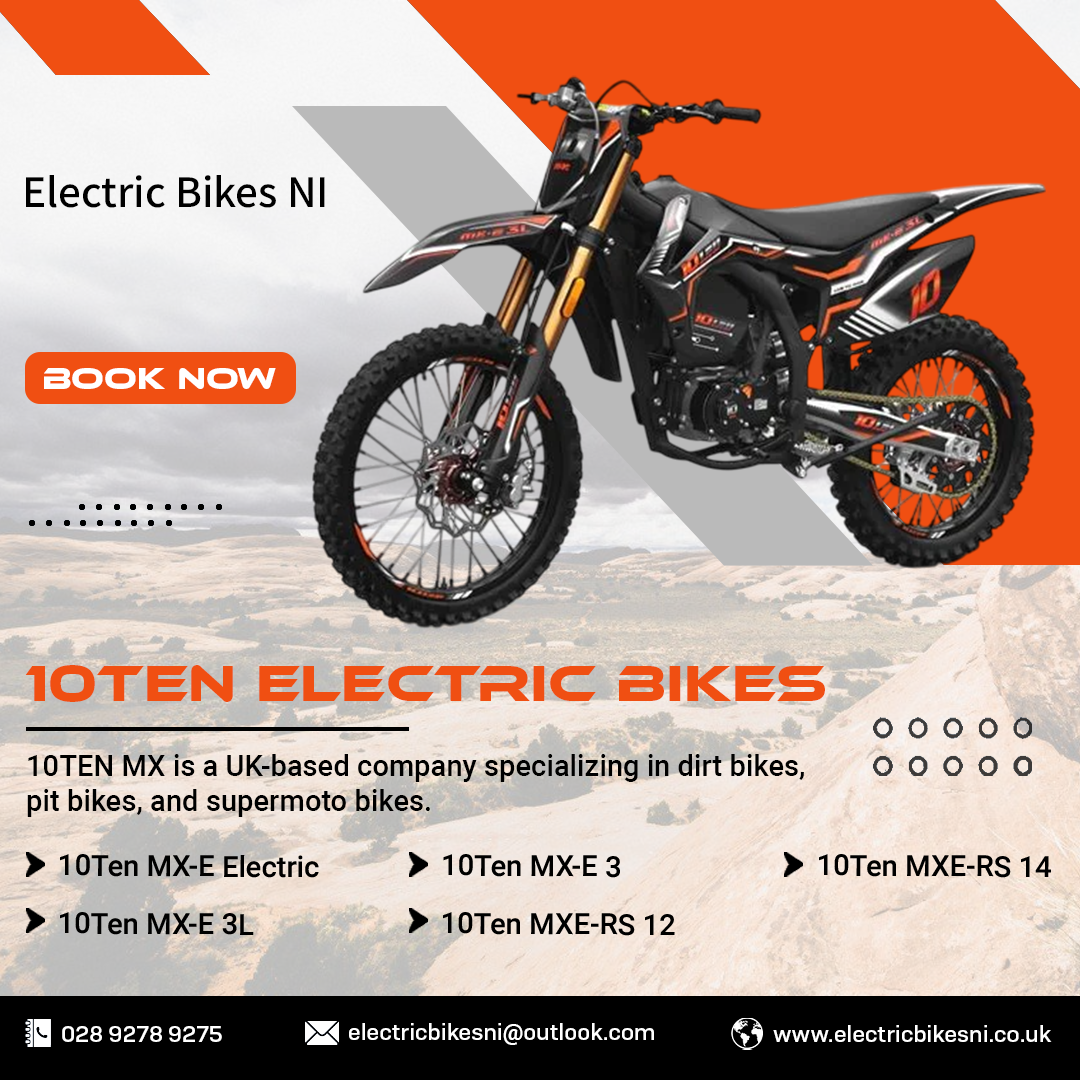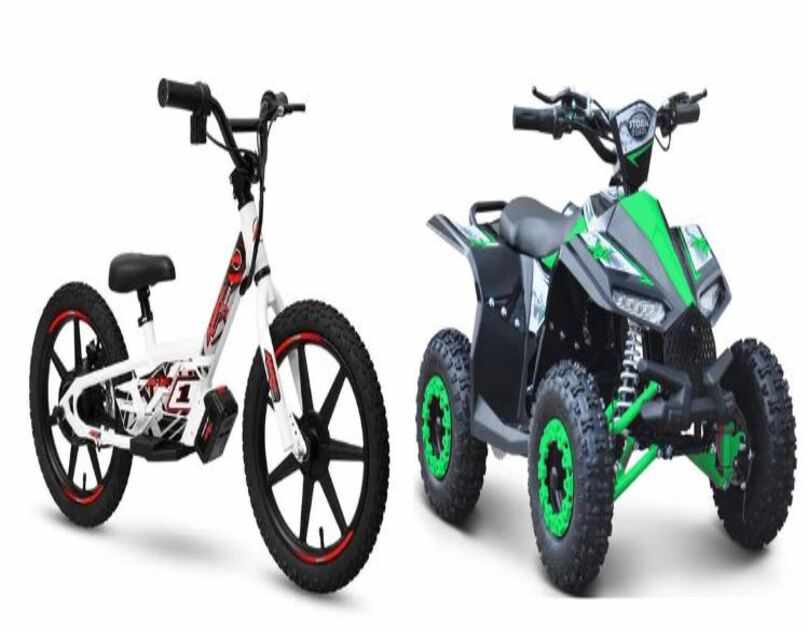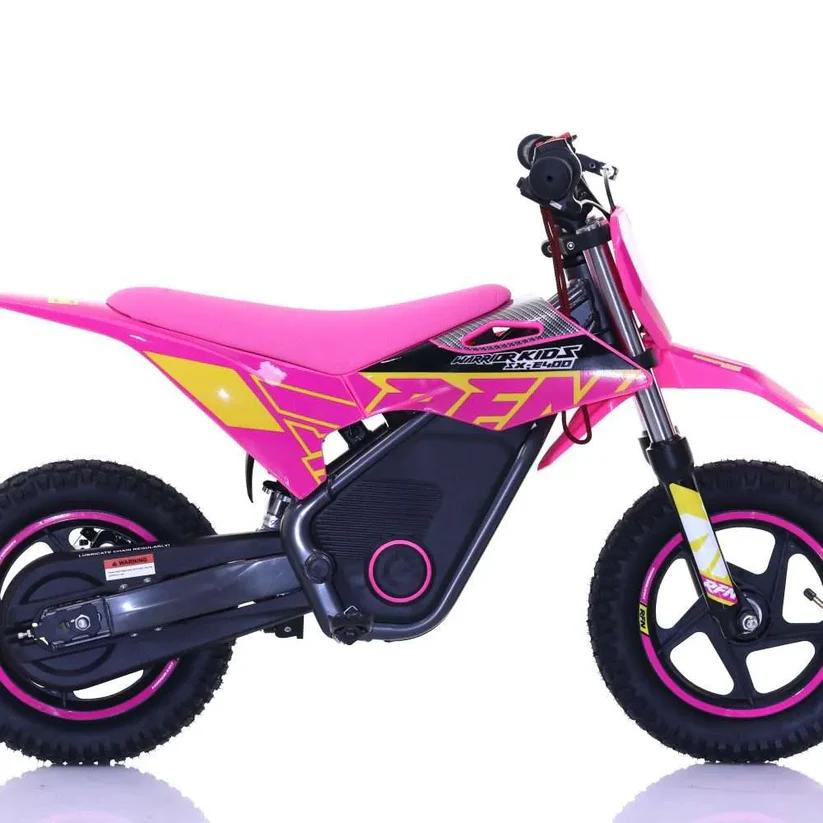
Electric bikes are revolutionizing the way we commute, exercise, and explore. Whether you're looking to reduce your carbon footprint, cut down on commute time, or enjoy weekend adventures with less physical strain, electric bikes offer a versatile and exciting solution. But for first-time buyers, the sheer variety of models, features, and price points can be overwhelming. This beginner’s guide walks you through everything you need to know to choose the right electric bike for your lifestyle and budget.
What Is an Electric Bike?
An electric bike, or e-bike, storm electric bikes is a bicycle equipped with an electric motor and battery that provides pedal assistance or full electric power. This means the motor either helps you pedal (pedal-assist) or moves the bike without any pedaling at all (throttle mode), depending on the design.
E-bikes are categorized into three main classes:
1. Class 1: Pedal-assist only, with no throttle, and a top speed of 20 mph.
2. Class 2: Pedal-assist and throttle-enabled, also capped at 20 mph.
3. Class 3: Pedal-assist only, but with a top speed of 28 mph.
Understanding these classes will help you choose a bike that fits your local regulations and intended use.
Key Benefits of Electric Bikes
· Ease of Commuting: Tackle hills and long distances without breaking a sweat.
· Eco-Friendly: Electric bikes produce zero emissions and consume less energy than cars.
· Cost-Effective: Save money on fuel, public transport, and parking.
· Fitness-Friendly: Choose how much assistance you want and still get a workout.
· Fun and Versatile: Ideal for leisure rides, errands, or trail adventures.
Things to Consider Before Buying
1. Purpose of Use
Start by asking yourself: Why do I want an electric bike?
· Commuting: Look for lightweight, efficient bikes with integrated lights and fenders.
· Leisure Riding: Comfort-focused models with upright seating and step-through frames are ideal.
· Mountain/Trail Riding: Opt for models with strong suspension, wider tires, and powerful motors.
· Delivery or Cargo: Consider a bike with a larger frame and high load capacity.
Matching the bike to your primary use ensures better performance and satisfaction.
2. Motor Type and Placement
The motor is the heart of an electric bike, and where it's placed matters:
· Hub Motor (Rear or Front Wheel): These are typically more affordable and offer a smoother ride for casual use.
· Mid-Drive Motor (Center Crank): Offers better balance, power, and performance, especially on hills or rough terrain.
If you're planning frequent rides through varied terrain, a mid-drive motor is a smart choice. For flat city commuting, hub motors are often sufficient.
3. Battery Capacity and Range
Battery size is usually measured in watt-hours (Wh). The higher the number, the more energy it stores and the longer it can power the bike.
· 250–500 Wh: Suitable for short city commutes (up to 30–50 km).
· 500–750 Wh: Ideal for longer rides or mixed terrain (up to 70–100 km).
· 750+ Wh: Best for off-road or long-distance touring.
Keep in mind that range varies based on rider weight, terrain, level of assistance, and wind resistance. If you ride daily or on varied routes, aim for a higher-capacity battery.
4. Frame and Design
Electric bikes come in various designs, such as:
· Step-Through Frames: Easy to mount and dismount, great for city commuting.
· Step-Over (Diamond) Frames: Offer a more traditional look and better structural strength.
· Folding Frames: Excellent for portability and storage in small spaces.
Your comfort should be a priority. Consider your height, physical condition, and how you plan to store or transport the bike.
5. Brakes and Suspension
Electric bikes for sale NI are heavier and faster than traditional bikes, so braking systems and suspension matter more.
· Brakes: Disc brakes (mechanical or hydraulic) offer strong and reliable stopping power.
· Suspension: Front suspension is enough for most city and casual rides. Full suspension is better for off-road and rugged terrain.
A reliable braking system boosts both safety and riding confidence.
6. Display and Controls
Most electric bikes come with a digital display showing essential information such as:
· Speed
· Battery level
· Distance traveled
· Pedal-assist level
Look for a display that’s easy to read in various lighting conditions. Handlebar controls should be intuitive so you can make adjustments without losing focus on the road.
7. Weight and Portability
Electric bikes weigh more than traditional bikes due to the motor and battery. Typical weights range from 18 kg to over 30 kg.
· For apartment dwellers or public transport users, a lighter or folding model may be preferable.
· If you don’t need to lift or carry the bike often, you can prioritize features over weight.
Remember, a heavier bike may feel more stable, especially at higher speeds.
8. After-Sales Support and Warranty
Check what kind of warranty and service the brand or dealer offers. A good electric bike should come with:
· At least 1–2 years warranty on battery and motor
· Reliable customer support
· Easy access to spare parts and repair services
Strong after-sales support can save you money and frustration down the line.
9. Price Range
Budget bikes may lack advanced features but can still serve basic commuting needs. Mid-range models offer better battery life, comfort, and performance. High-end bikes are built for enthusiasts or specific use-cases like mountain biking or cargo delivery.
Invest according to your needs—don’t overpay for features you won’t use.
Tips for First-Time Buyers
· Take a Test Ride: If possible, try out different models to get a feel for motor responsiveness, braking, and comfort.
· Do Your Research: Read user reviews and watch video comparisons.
· Plan Charging Setup: Make sure you have access to a power outlet where you plan to charge the bike.
· Check Local Laws: Some areas require helmets, lights, or even registration for certain classes of electric bikes.
· Start Simple: Avoid overcomplicating your first e-bike purchase. Start with a model that suits your immediate needs and upgrade later if necessary.
Final Thoughts
Buying your first 10Ten electric bikes is a big step toward a more sustainable, healthy, and convenient lifestyle. By understanding your riding needs and what features to prioritize, you’ll be better equipped to make a confident purchase. Whether you're cruising through city streets, climbing hills, or just enjoying weekend rides, the right electric bike can transform your journey.








Write a comment ...